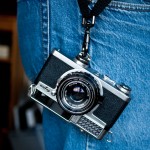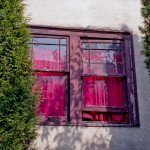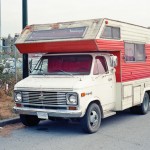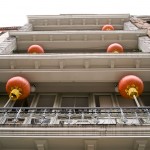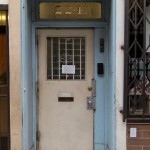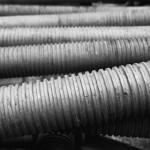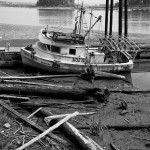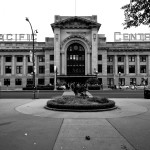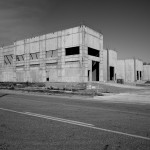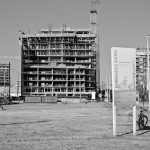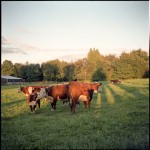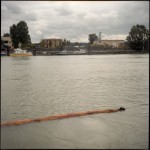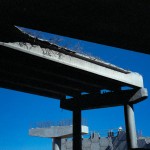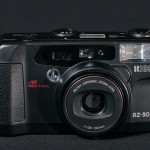Oct
31
2012
There are several reasons that the Fujica 35SE is a favorite of mine. The primary one is how you focus. As it is a rangefinder you determine focus using a focus patch in the center of the viewfinder as you would expect but the focus movement is done via a thumb-wheel on the back. This is both quicker and easier than using the left hand around the lens as is more common. and has the added benefit of freeing the left hand to just steady the camera in a comfortable grip, this can not be overstated.

The other is the results from the 45mm 1:2.8 lens. Other things that make this camera different are the film advance lever location on the bottom and the exposure system where a change in shutter speed changes the aperture correspondingly. There are other little touches that help to add up to make it more than the sum of those parts.
I used the camera attached to a long sliding strap where I allowed the camera to just hang upside down. This is actually the perfect camera to use like this because you can advance the film with one hand and then bring the camera up and focus with the same hand.

While I was out shooting on this day I had a Sony CS1 GPS attached to my camera bag tracking my movements. There is a mix of my walking and some of my driving including when I forgot that it was still on and drove over the Cambie Street Bridge.
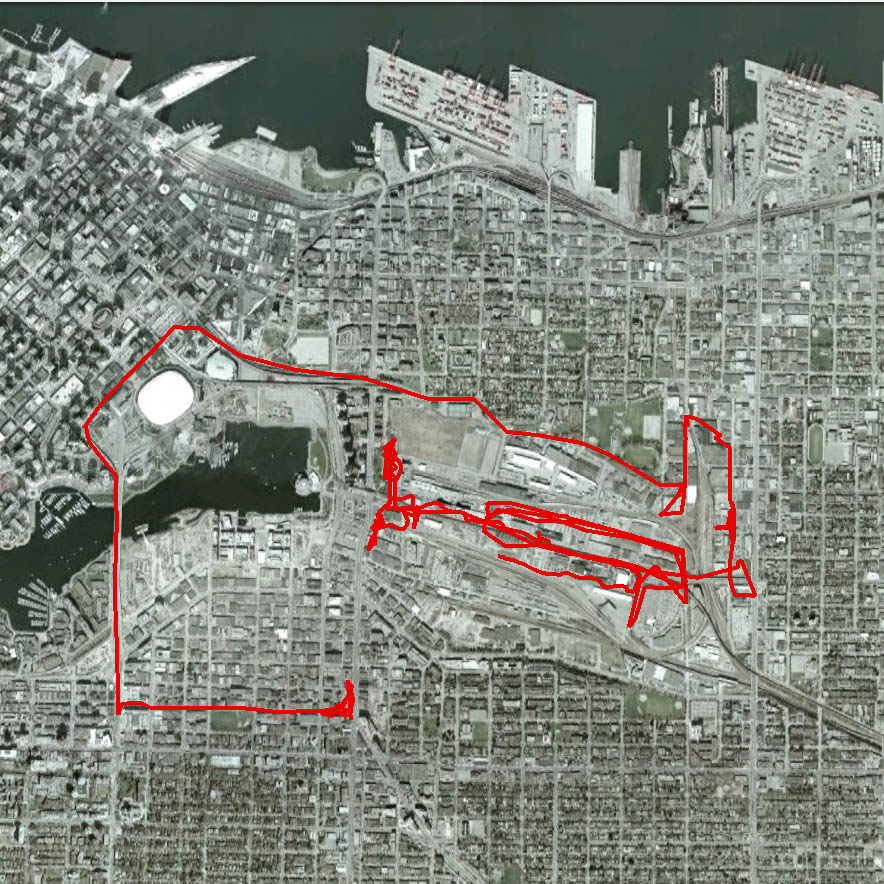

9 comments | tags: camera, film, Fujica, rangefinder | posted in Cameras, Photography
Oct
26
2012
I spent a few hours last week meandering around the area of Vancouver know as Chinatown taking photos with what cameras I could fit in my pockets. On the digital side I had a Sigma dp1s for its wide 28mm equivalent focal length lens and a Pentax Q with its 47mm equivalent lens. You can see my feelings about the Sigma here. I only had a couple of hours so I perhaps spent more time walking around than I might have otherwise. I think slowing down and spending more time in a spot produces better results but moving around also let’s you see more. The 28 & 47mm focal lengths make a good paring however the addition of a longer lens would have been welcome for many instances, in fact the 28-200mm equivalent of the my Nikon P7000 would have been ideal. Ultimately though I will have some unique lenses for the Pentax Q that will compliment the P7000 rather than replace it. With my concentration on these two cameras I didn’t finish the film I was shooting so that will have to come later, however here are the images
3 comments | posted in Cameras, Photography
Oct
24
2012
Much like the Canon Elph the Pentax efina T is a tiny little metal wonder. The Pentax has slightly more zoom range but gives up some light gathering ability with a slower lens. The image quality through the lens is surprisingly good but of course in the end it is APS film and it is quite grainy.

A nice feature of this camera is the large mode dial around the shutter, rather than poking at tiny little rubber buttons you can know with certainty how the camera is set.
no comments | tags: APS, film, Pentax | posted in Photography
Oct
22
2012

Well more than a year after it’s initial release I bought a Pentax Q. Partly because of the drop in price and partly because with the release of the Q10 Pentax has shown that they intend to support this lens mount further. This is an interesting camera and many of the reviews of it focus heavily on it’s sensor size. My initial testing of it when it was released and early use of my own has shown that it out performs 35mm film in almost all cases except achieving shallow depth of field. That’s the yard stick I’m comparing it to and I shoot plenty of film and am not unhappy with that. If cameras are tools, and they are, then having the right tool for a job is important. If the job is to have a fast adjustable tiny unobtrusive camera than this is that hammer. The other thing that I plan to use this camera for that would otherwise be difficult and expensive is as a super telephoto. To achieve this I plan to use a K to Q mount adapter with my 100mm macro giving me a 550mm equivalent focal length. For now though I am enjoying using the 8.5mm 1:1.9 lens (47mm equivalent in terms of 35mm film) that came with it. I am playing around learning the camera and the files it creates so these are a mix from Lightroom and an iPad. The ones from the iPad don’t have any lens corrections and are perhaps over done, Lightroom is far better for getting natural results.
I have more images ready but I will post them separately.
2 comments | tags: camera, Pentax Q | posted in Cameras, Photography
Oct
21
2012
A long post title but discriptive which makes me wonder if I really need to say anymore.
2 comments | tags: BW, Digital | posted in Cameras, Photography, Processing
Oct
19
2012
Back to the USSR, specifically the Lubitel 2 that was made in the U.S.S.R. This is the TLR with what I have described as the worlds worst viewfinder.

no comments | tags: film, Lubitel, Russian | posted in Cameras, Photography
Oct
17
2012
After finishing the pack of Fuji Fp100C in my Polaroid pack film camera I loaded it with Fuji FP3000B and I am smitten. While I enjoyed the results from the colour film I haven’t been completely sold on it. There is a coolness to the colour and the image clarity is not spectacular. With this faster black and white film (3000 ISO) though the camera is stopped down considerably allowing the lens to perform better. It just seems to be the right film for the camera and the era, you expect a black and white print to come out of this camera.
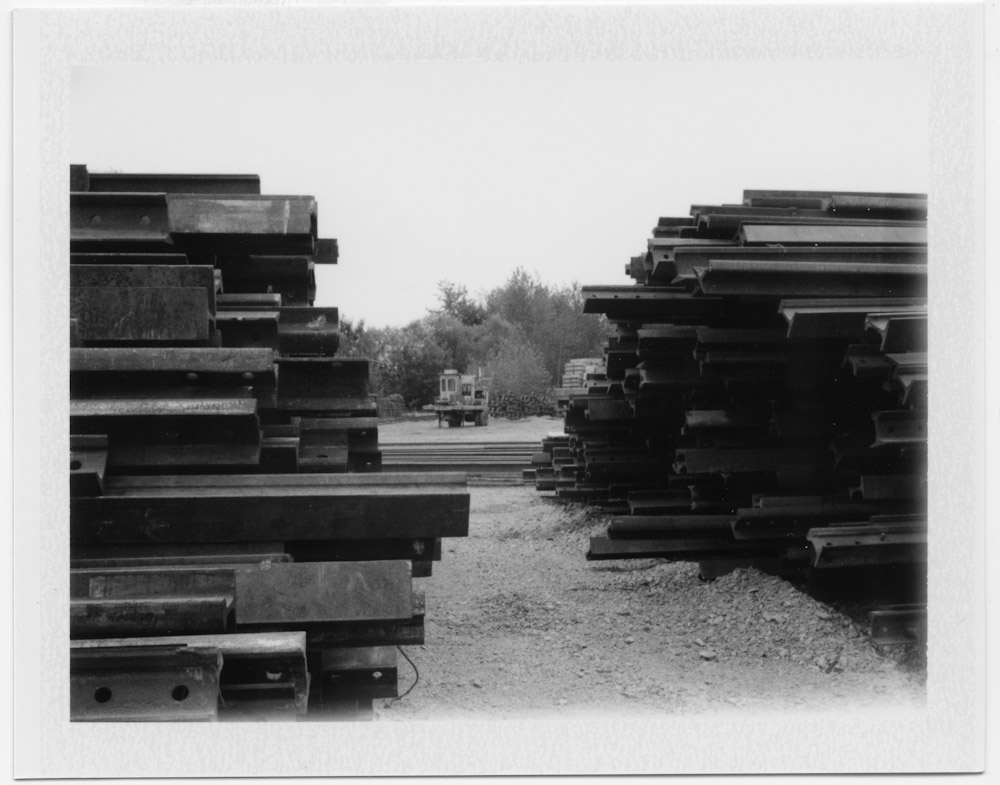
1 comment | tags: BW, Fuji, instant, polaroid | posted in Photography, Processing
Oct
15
2012
1 comment | tags: iPad, Painting | posted in Painting
Oct
12
2012

The Ricoh RZ3000 may be the best form factor for a film zoom point and shoot camera. While it is a larger than the Canon 180u or any of the Olympus Stylus cameras, it feels good in the hand. It has a nice grip on the right side that makes carrying it in your hand easy. The other reason is the top plate dials for changing modes, most of the other cameras like this have small rubber buttons that are hard to press accurately and only provide feedback via an LCD. With the dials the available exposure modes can be easily set and the large flash control button is separate and distinct. Another nice feature of the dials is the selected mode is illuminated with a pleasing glow making it easy to know how the camera is set when in dim light.
The lens is a 38 to 130mm f4.5 to 9.5 with aspherical elements (6 elements in 3 groups)
Ricoh describes the auto-focus as having 7 zones with 1024 steps. The camera also has an infinity mode selected via the top dial and a single center focus point mode. Other modes are portrait where the camera sets the flash to fire for fill and sets single focus point automatically. The zoom also automatically changes to frame the person with a half press of the shutter. Action mode sets auto-focus to single point and the drive mode to continuous.

The major detraction is the lack of any exposure overrides, all exposure is handled by the camera. I have only run one roll of film through the camera and it was some very poor Polaroid 400 that was at least 10 years out of date. The point was to test that it worked before committing to using good film that is becoming even more precious.
I’m intrigued enough with this camera to give it another try with better film. Until then here are some sample images from that initial roll.
8 comments





